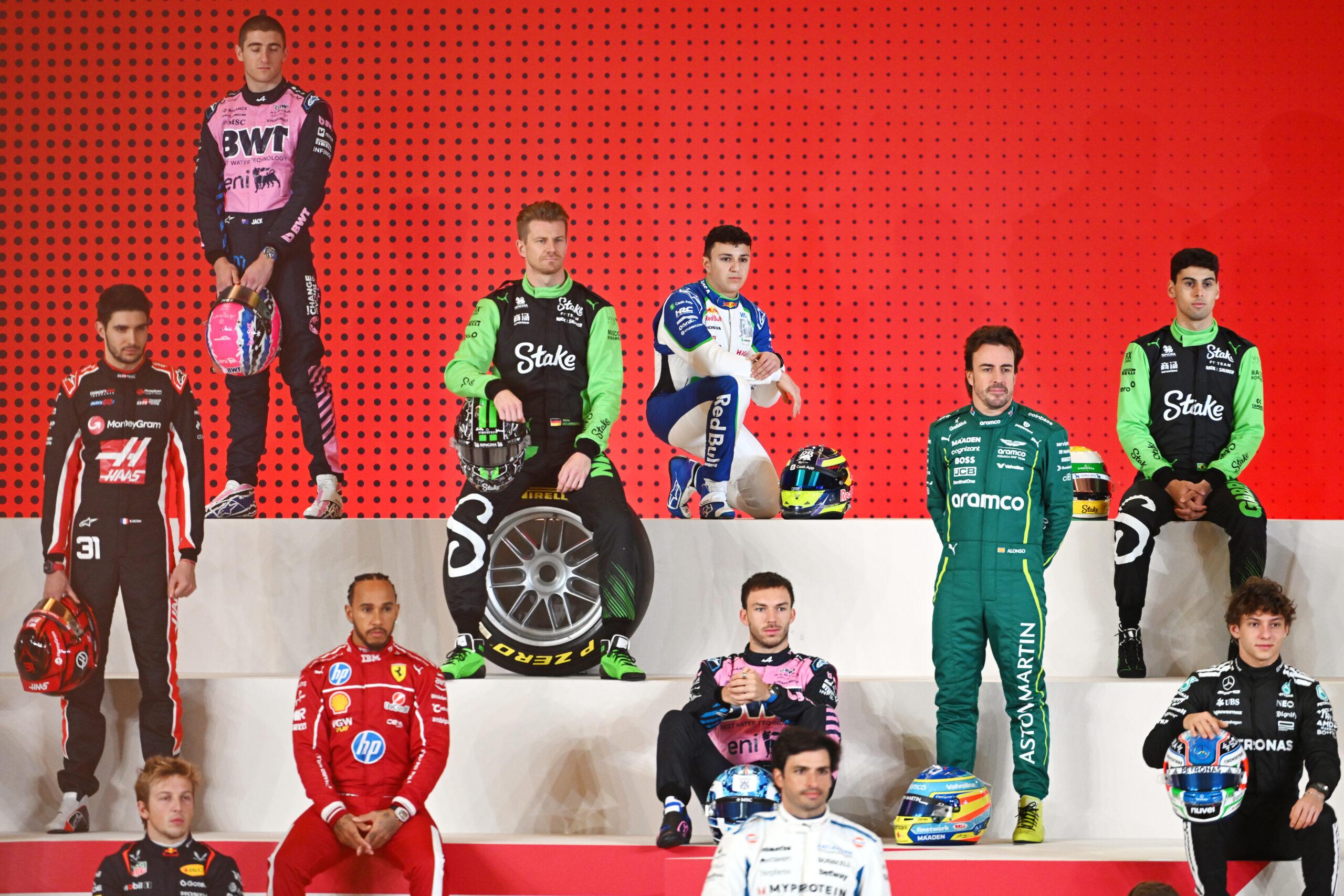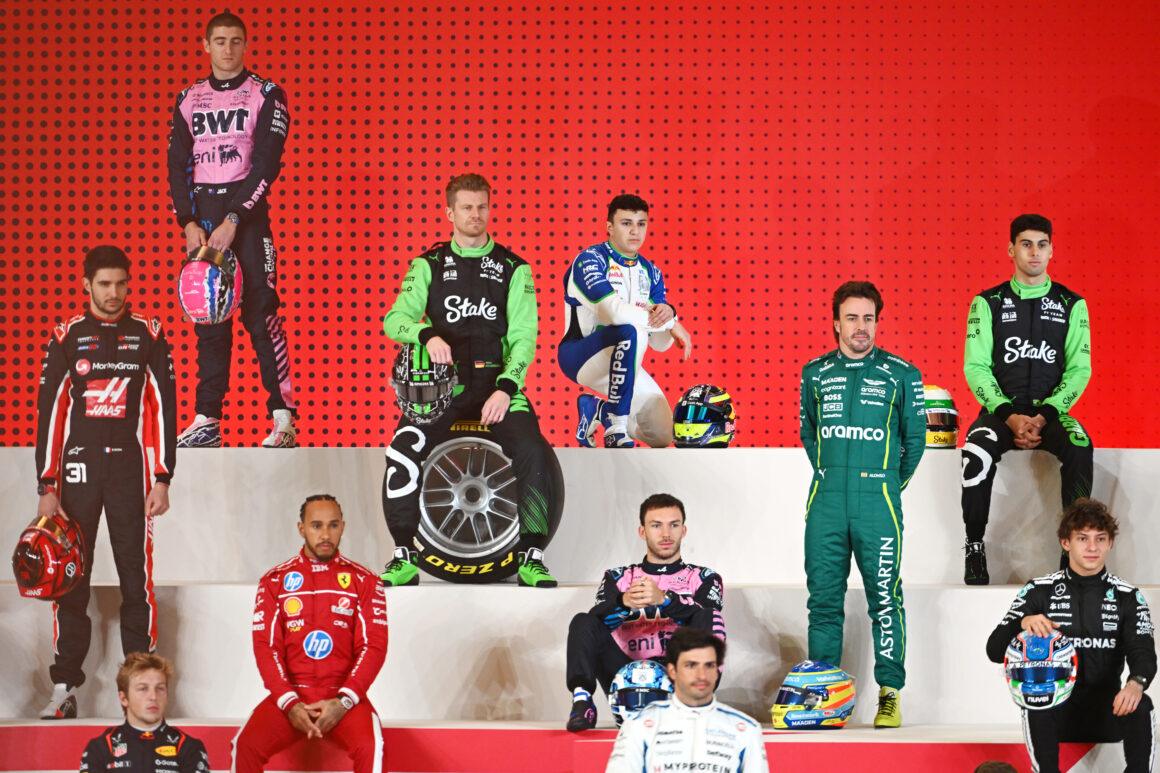Forget the myth: F1 fuel isn’t rocket juice from Mars. It’s high-octane petrol that’s tightly policed to stay close to what you’d find at a decent gas station. Teams squeeze performance from chemistry within a legal box the FIA drew with a ruler and a magnifying glass. Try to cheat? Enjoy a cozy chat with scrutineering. File this under: Yikes.
From octane ratings to ethanol content, the regulations define the playground. The clever stuff is how teams optimize blends to play nice with their power units. It’s motorsport’s most polite arms race. With a lab coat.
What Octane Does F1 Use? The Real Numbers
Here’s the headline: F1 fuel must meet a minimum octane of 87. But don’t trip over that number yet. There’s no maximum cap, which means real-world F1 blends typically sit around 95–102 RON. That’s premium territory, and then some.
Why so high? Higher octane resists knocking at obscene cylinder pressures. Turbo-hybrids are needy like that. And teams tune for combustion speed and stability, not pub bragging rights about octane. Lights out and away we… oh wait, the chemists already won.
Composition: E10 Today, 100% Sustainable Tomorrow
Since 2022, F1 runs an E10 blend—that’s petrol plus 10% sustainable ethanol. Before that, it was 5.75% ethanol. The long game? A push to 100% sustainable fuel later this decade as part of a carbon-neutral by 2030 plan. The plot thickens like a team’s excuse list.
What counts as “sustainable”? Think second‑generation biofuel: waste biomass, non-food crops, or even carbon-capture synthetics. Not cornflakes-for-cars. The intent is road relevance, not greenwashing lap times.
What’s Legal Inside the Fuel – And What Gets You Disqualified
The FIA technical regs read like a chemistry final. Acceptable hydrocarbons are listed, power-boosting additives are banned, and limits exist for things like sulfur and lead. Translation: If it’s not in road fuel, don’t try to sneak it in. Another masterclass in how NOT to win a championship.
Fuels are fingerprinted using gas chromatography. Every team’s blend has a distinct signature. At any point, the FIA can grab a one-liter sample. Can’t provide it after the race? Say hi to Sebastian Vettel’s 2021 Hungary disqualification. Somewhere, a PR manager just had a minor stroke.
Fuel Quantity, Flow, and Efficiency: The Brutal Constraints
Maximum race fuel: 110 kg. Flow limit: 100 kg/hour. That’s the throttle body handcuff that prevents silly season power spikes. Teams must deliver pace with ruthless efficiency. No free lunches; just careful sipping at 300 kph.
Engineers often underfuel to save weight. Every 10 kg costs roughly three-tenths per lap. Want speed? Carry less. Want certainty? Carry more. Did Ferrari strategists forget how to count laps? Again?
No Refueling: Strategy With a Side of Sweat
In-race refueling has been banned since 2010. Why? Safety and costs. Those refueling rigs were fast, expensive, and occasionally… flambé. Tires picked up the chaos baton, and pit stops turned into chess with rubber instead of fuel.
Fans who miss refueling also miss the fires and penalties. This era’s drama comes from fuel saving, lift-and-coast, and tire deltas. Grab your popcorn, strategy walls are at it again.
Fuel Brands: Same Rules, Different Flavors
Not all teams drink from the same pump. Partnerships matter. Shell with Ferrari, Petronas with Mercedes, ExxonMobil with Red Bull, BP/Castrol with Alpine. Customer teams usually run what their engine supplier designed around. Because compatibility isn’t optional—unless you like detonations.
Within the rules, suppliers tweak blends for each power unit’s combustion characteristics. Same exam, different study guides. The competition? Reduced to expensive spectators when chemistry and calibration click.
Cost and Road Relevance
Approximate cost? Around $2.50 per liter. More than pump petrol, less than perfume. Considering the QC, lab work, and batch validation, it’s a bargain for speed in a bottle. Your lawnmower isn’t this pampered.
The FIA’s point is clear: keep F1 close to road fuel. If the tech trickles down, victory laps eventually show up in your daily commute. The lab coats aren’t just adding stickers.
Compliance, Sampling, and Penalties
Every car must be able to supply 1 liter of fuel for testing at any time. That’s the non-negotiable. Teams finish races with a margin to avoid heartbreak. Usually. Miss it, and you’ll be learning how protest paperwork works.
The sample’s GC “fingerprint” must match the declared batch. Blend swap during the weekend? Nice try. That defense was pure Schumacher – minus the success part.
Sustainable Fuel: Performance Without the Preach
F1’s target for fully sustainable fuel comes with one big asterisk: don’t slow the cars. The plan is comparable energy density to current petrol, with the cleverness moved to feedstocks and production methods. No drop in spectacle allowed.
The bigger emissions elephant isn’t the cars. It’s logistics. Freight, flights, catering. The traveling circus burns kerosene like it’s going out of style. The sport’s response? Streamlined logistics and renewable power at bases. Ambitious? Sure. Necessary? Absolutely.
Key F1 Fuel Specs and Standards At A Glance
- Octane: Minimum 87 RON; typical blends around 95–102 RON
- Blend: E10 since 2022 (10% sustainable ethanol)
- Sustainability: Road to 100% sustainable fuel later this decade
- Race fuel cap: 110 kg maximum usage
- Fuel flow: 100 kg/hour limit
- Refueling: Banned during races for safety and cost
- Testing: 1-liter sample required; GC fingerprint matching
- Additives: Strictly limited to road-relevant hydrocarbons
The Bottom Line: Chemistry Wins Championships
F1 fuel is premium petrol with a PhD. It obeys strict specs, flirts with high octane, and embraces sustainable content. Teams don’t just pour and pray; they tailor blends to their power units and live under a microscope.
When the regs squeeze harder, the smart work smarter. And the winners? They didn’t just win, they sent everyone else back to karting school.

